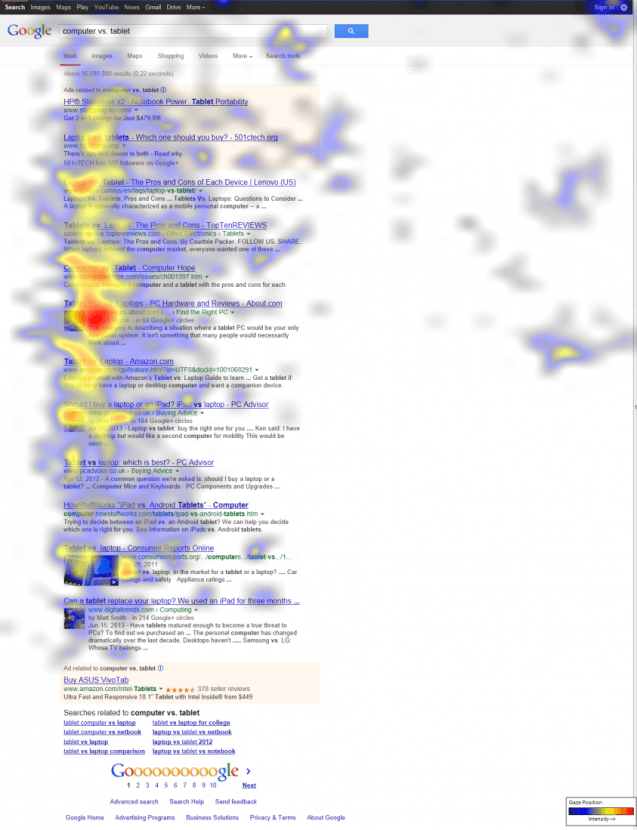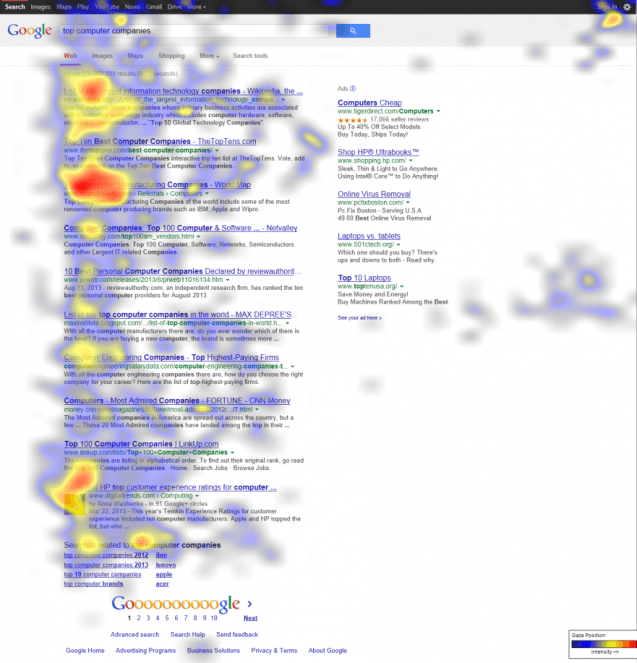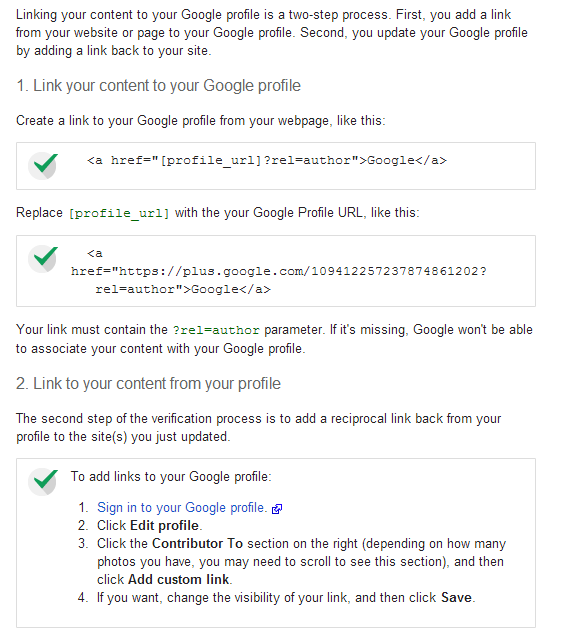Authorship Snippets: The “Purple-Cow” of Search Engine Results?
Imagine being in a class, knowing the answer to a question and desperately attempting to be the one chosen to answer. You wave your hands wildly, make sounds, and maybe even jump up and down in your seat just to draw the teacher’s attention.
Online, consumers are the teachers, and every listing in the search results is a kid desperately trying to get picked first. They want to stand out, much like a purple cow in a field of black and white.
Take a look at the search engine result below:

Can you find the “purple cow” result? Our gut tells us that it’s the result with an authorship snippet, and ever since authorship snippets first began appearing in search engines there’s been a lot of chatter surrounding their value. Even Google chimed in:, “[…] rich snippets help users recognize when your site is relevant to their search, and may result in more clicks to your pages.”
Testing Assumptions
Many have claimed that authorship snippets earned more attention, but most relied on their gut instinct.
Now, an eye tracking study from LookTracker has confirmed what most suspected: authorship snippets do, in fact, steal more attention than other results. In fact, in-context some of the findings are rather surprising.
How the Study Worked
Using a “point-of-gaze” accuracy of 0.5 degree, LookTracker monitored 15 test subjects as they conducted research for information on computers and tablets. The eye tracking outputs from the study used aggregated test subject data. The study included three different queries: “computer vs. tablet”, “top computer companies” and “tablet reviews”.
The results for the first query, “computer vs. tablet”, looked as follows:
Search result (no eye tracking):

We can see that this result has a good mixture of results to draw the eye: paid, organic, authorship snippets, related searches and even a paid ad with a 5-star visual accompaniment.
Here is the same result, with an eye tracking heat map applied:

Here, we can clearly see that the authorship snippet ate up the lion’s share of the attention; greater than the paid ads or even the first organic result. Interestingly, the order seemed to matter: the first result with authorship got far more attention than the second, indicating position still matters.
On the next query, “top computer companies”, results were similarly compelling. Here’s the result without eye tracking:

The only authorship snippet is buried down in no-mans-land, unlike the previous result where it was within the top 5. How would eye tracking be affected?

In this scenario, the ads and top organic result held onto the bulk of the viewer’s attention. Remarkably though, despite poor placement near the bottom of results, the authorship snippet still drew greater attention than surrounding organic results.
On our last query, “tablet reviews”, visual competition was the most fierce. As you’ll see on the screenshot below, two authorship snippets appeared – but so did visual-based advertisements and a news result with a corresponding photo.

How would authorship snippets compete against other visual stimuli like promotional photos?

Quite surprisingly, the visual ads got very little attention, while authorship snippets still performed better than many of their organic counterparts. The lack of attention towards the product ads could be attributed to the mindset of the searcher and the type of search query. The searchers were looking to research tablets, and we’re not ready to actually click on one of the sponsored product ads to make a purchase. As one might expect, the first authorship snippet drew significantly more attention than the other located further down the page.
What Does it All Mean?
It would seem that the hype surrounding authorship snippets is justified:
Top organic results continued to get significant viewership, even without authorship – but importantly, lower-ranked results that implemented authorship were able to draw a disproportionate amount of attention in comparison to surrounding results without it.
Take Advantage: How to Implement Authorship Snippets
How can authors ensure their faces are aligned with information? The once-convoluted process has become much simpler over time:
- Create a Google+ profile, using a clear and recognizable headshot. Remember that this shot will be appearing in search results; you want your face to be easy to distinguish.
- Ensure that the websites you are publishing on include a byline containing your name on each page where your content is featured. The byline name should match your Google+ name.
- Verify authorship using email (if you have an e-mail that uses the same domain as your content) or by linking to your Google+ profile (process shown below via Google)

Every Little Bit Counts
So, are authorship snippets the be-all, end-all of attracting search engine attention?
Absolutely not. A click-worthy title, compelling meta-description and even other rich snippets like star ratings or info charts all combine to determine whether or not your rankings result earns a click-through or is passed over.
That said, in a game where eyeballs can equal dollars, authorship snippets have shown themselves to be worthy of a closer look by searchers – and that alone should be reason enough to implement if you haven’t.




![AI Overviews: We Reverse-Engineered Them So You Don't Have To [+ What You Need To Do Next]](https://www.searchenginejournal.com/wp-content/uploads/2025/04/sidebar1x-455.png)